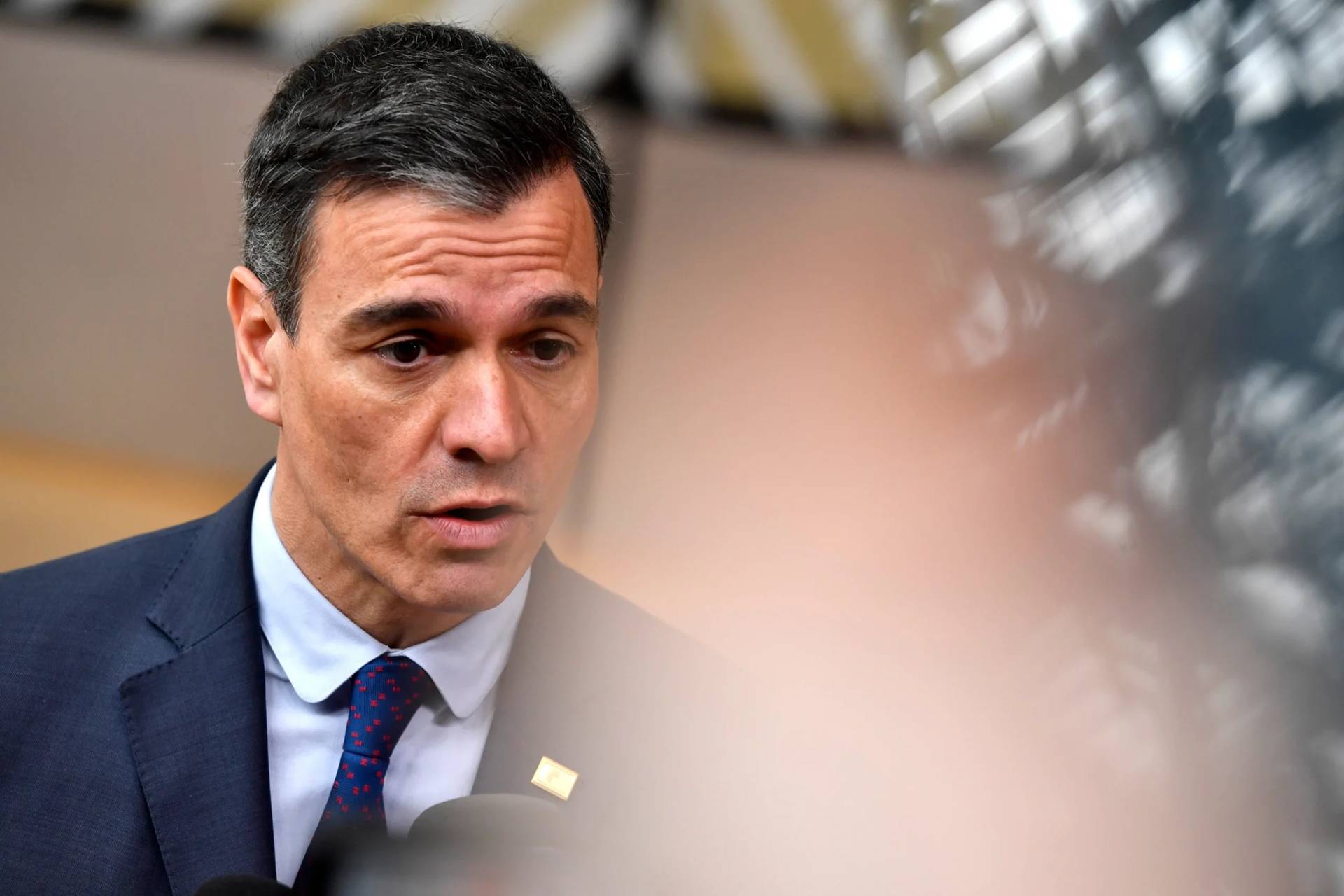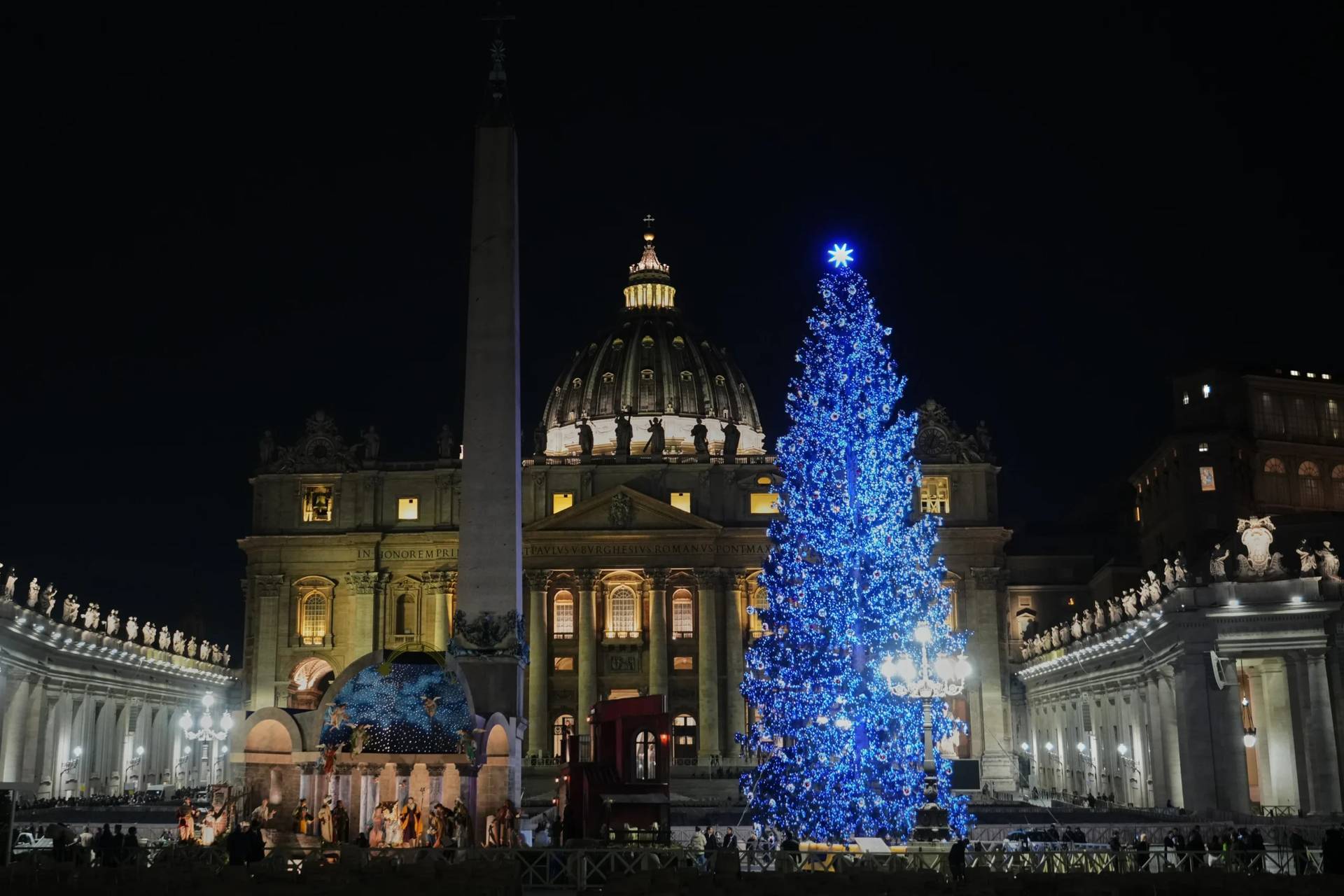Nearly 850 years after he was murdered in Canterbury Cathedral, St. Thomas à Becket was back over the weekend — at least, a bit of his elbow was — after a week’s tour that raised some oddly topical ghosts and uncomfortable questions.
Hundreds came to services to see a translucent fragment that belongs to one of the earliest martyrs to religious freedom. The then-Archbishop of Canterbury was slain at his altar in 1170 by Henry II’s knights, to whom the king had uttered the fateful words: “Who will rid me of this meddlesome priest?”
So far, so twenty-first century. The parallels with Archbishop Oscar Romero of El Salvador, gunned down at the altar after a right-wing paramilitary leader issued a similar invitation to his gunslingers in 1980, are obvious.
Less obvious are the parallels with the Church and the modern British state, which are often at odds over marriage, education and the treatment of foreigners.
“St Thomas’ martyrdom reminds us what can happen when the state seeks to dominate religious belief and reshape it to its own ends, to its own selection of values,” warned the (Catholic) Archbishop of Westminster, Cardinal Vincent Nichols of Westminster, at a symposium at the London headquarters of the (Anglican) Archbishop of Canterbury, Lambeth Palace.
“When observance of those particular values becomes absolute requirements,” he warned, “then we are on a path of confrontation.”
The cardinal raised the ghost of that other English period of Church-state friction by citing another martyr called Thomas, who also died at the hand of a king called Henry.
After the third swordblow to his head, Thomas à Becket apparently said: “For the name of Jesus and the protection of the Church, I am ready to embrace death.”
St Thomas More — who, like Becket, had once been close to the king, but who could not endorse Henry VIII’s state takeover of the Church — famously said before his execution in 1535 that he died “the King’s good servant, but God’s first.”
The plundering of the Church by state ideologues that followed the surrender of the hierarchy to Henry is the main reason why Thomas à Becket, one of England’s most hallowed saints (“this holy blissful martyr,” as Chaucer described him) has virtually no physical presence in the country beyond a fragment of his skull in the Jesuit college of Stonyhurst in the north of England.
Just how popular was the cult of Becket at the time of the Reformation is obvious from a 1538 Proclamation specifically ordering his image expunged from churches “to the intent that His Grace’s loving subjects shall be no longer blindly led and abused to commit idolatry.”
As part of the enthusiasm for protecting the loving subjects from idolatry, Becket’s remains were rudely disinterred from Canterbury cathedral and lost forever.
The services that displayed a small fragment of Becket’s elbow at various Anglican cathedral services last week carried, therefore, a certain historic irony.
Westminster Abbey is the official church of the reigning monarch, who since Henry VIII is also supreme governor of the Church of England. At Evensong displaying the Becket bone, the Dean, the Very Revd. John Hall, described Becket’s difficult relationship with the state under a king who sought to “rule the Church,” while the Sacrist, Canon Paul Arbuthnot, recalled Becket’s “protection of the Church from secular power.”
(No doubt, it is all very different now that it is the Prime Minister who appoints the bishops on the Queen’s behalf.)
The other ghost at the feast of Becket’s elbow was, of course, Europe.
Just a fortnight before the British people vote to leave or remain in the European Union, they learned that the veneration of their great national saint had been alive and well over the centuries in Hungary.
It turned out that — in brazen disregard for borders, enjoying the freedom of movement at the time — the Archbishop of Esztergom, Bánfi Lukács, had studied with Becket in Paris, and adopted the cult immediately after his old friend’s canonization in 1173.
Esztergom was among the first European dioceses to adopt the Becket cult.
Not long afterwards, in 1220, Becket’s tomb was opened in Canterbury and two Hungarian priests present took the opportunity to expatriate a fragment of elbow (“coming over ‘ere and taking what’s ours,” the Leave campaign might say.)
In his May 23 homily at (Catholic) Westminster Cathedral, the current Archbishop of Esztergom-Budapest and the Hungarian primate, Cardinal Péter Erdö, sounded suspiciously “Remain” — a reference to a campaign to keep the U.K. in the European Union.
“Recalling our common history builds a bridge between our nations,” he began, deploying the kind of brazen language that these days only Catholics and Brussels bureaucrats dare use.
Erdö has form in this area. He is president of the Council of the Bishops’ Conferences of Europe (CCEE), an umbrella body that brings together the 33 episcopal conferences of the old continent, which is not to be confused with the Commission of the Bishops’ Conferences of the European Community (COMECE), the body that represents the Church’s values and interests to the European institutions in Brussels.
The fact that very few Catholics in Britain or elsewhere have ever heard of either — let alone know that the CCEE secretariat is in St Gallen, Switzerland — highlights the difficulty in connecting Europeans with transnational institutions, a problem that has no more been resolved by the Church than it has by the European Union.
But at least the Church in Europe stands united in its defense of fundamental values, fearlessly challenging the secular powers of our day. Or does it?
Nichols has been outspoken in his criticism of the British government for failing to open the doors to Syrian migrants fleeing war, and has fiercely criticized political leaders for their “discourse of fear” over immigration.
Erdö, on the other hand, has said that the Hungary cannot take in fleeing migrants for fear of encouraging human trafficking.
But last week all these differences were forgotten as the English people gathered — at least, some of them did, while others grumbled that surely the whole point of the Reformation was that we no longer worship bones? — around the little bean-sized relic back from abroad.
When it comes to building bridges, one might say, it is all power to Becket’s elbow.

















